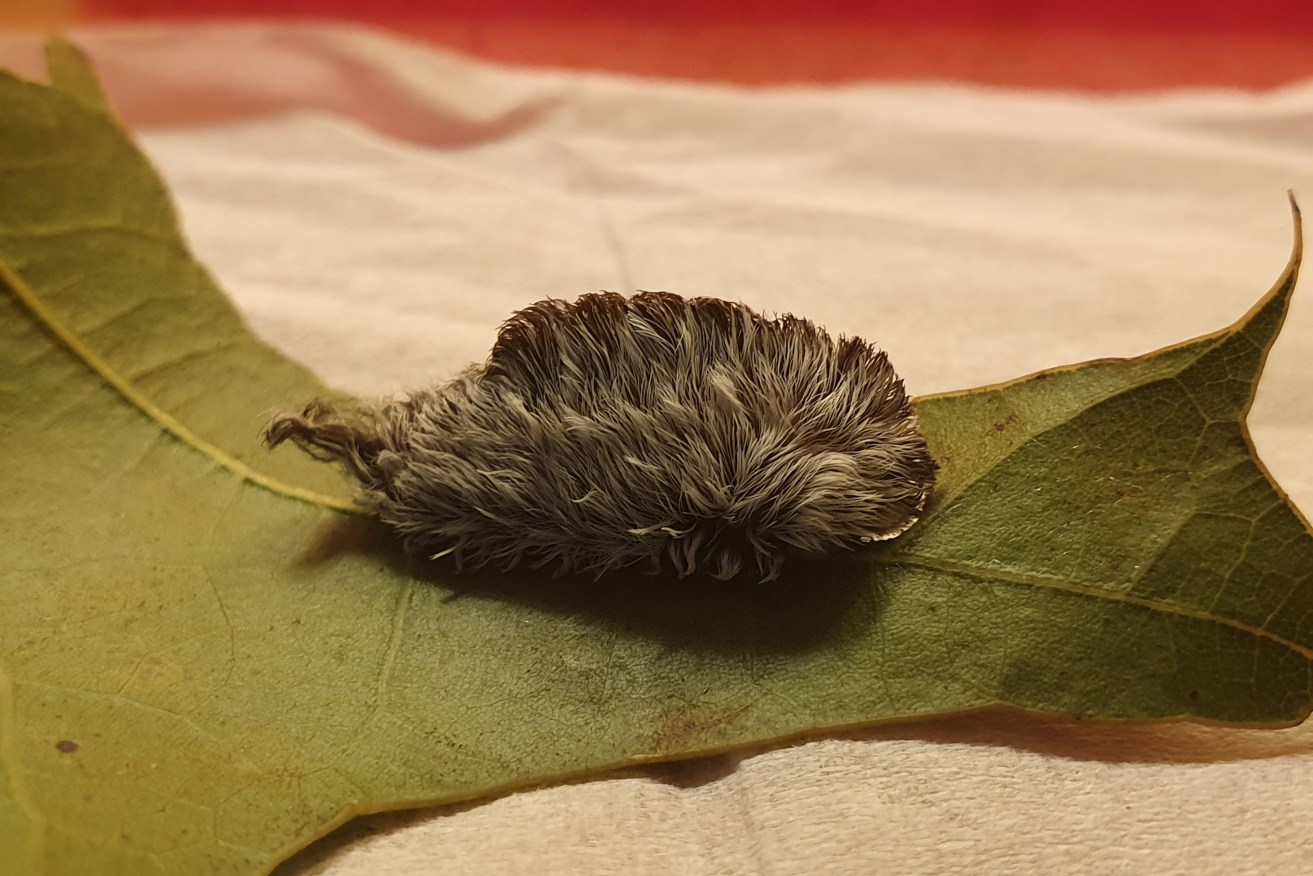Caterpillar toxin study reveals pre-historic crossover and potential medical benefits


The asp caterpillars' toxins developed hundreds of millions of years ago when it's DNA crossed over with bacteria. Photo: University of Queensland
When a caterpillar’s DNA crossed over with bacteria hundreds of millions of years ago, it developed a toxin so powerful its sting is described as feeling similar to breaking a bone.
The new study into the asp caterpillar’s toxin by a team of researchers from the University of Queensland – which discovered the pre-historic crossover event – also revealed that the toxin’s ability to puncture the surface of cells may have future applications in medicine and biotechnology.
Dr Andrew Walker from the University’s Institute of Molecular Bioscience said when examined the toxins within the caterpillars spines looked almost identical to the toxins produced by bacteria like e. coli and salmonella, which “punch holes in cells”.
“We were able to get a whole lot of information about how the venoms are made, how it’s packaged into the spines and the different biochemicals that it contains, what they do and how they’re able to cause pain, which is the main function of this venom,” he said.
“We looked at the genealogy of these toxins to determine where they came from, we could see that there must have been an event hundreds of millions of years ago where a piece of DNA has jumped from the genome of the bacteria into the genome of the caterpillar.”

The sting of the asp caterpillar is described as feeling like blunt force trauma. Photo: The University of Queensland
Researchers had to travel to America to retrieve their research subjects before they could understand how the toxins had developed and future uses for their study.
Dr Walker said the foundational research focused on the evolution of the toxins, but there was also consideration for how they can be used in industry, medicine and biotechnology.
“All of those applications are based on actually having a really good fundamental understanding of the real science and evolution it’s based on,” he said.
“The central focus of this paper is just understanding this caterpillar venom that hasn’t been analysed in detail before and how it works.”
Future research
The study, titled ‘Horizontal gene transfer’, explores how the painful sting of asp caterpillars has created further avenues of research.
Dr Walker downplayed the idea that the toxin could be a potential cure for cancer, but said potential benefits in medicine means it should be the subject of more research.
“We’re following up this research with a number of different angles. One is that we’re sequencing the genome of this caterpillar to have a better understanding of how these toxins evolved,” he said.
“Another is we’re trying to produce a version of them in the lab to get more of an idea exactly about how they’re programmed to find cells and disrupt them on a molecular level.”
If harnessed properly, the toxins may create a new way to deliver drugs because of their ability to enter cells, creating potential for targeted beneficial drugs or selectively killing unwanted cells.
After staying in its cocoon all winter, the asp caterpillar loses its venomous spines when it emerges in late spring as an adult moth.








